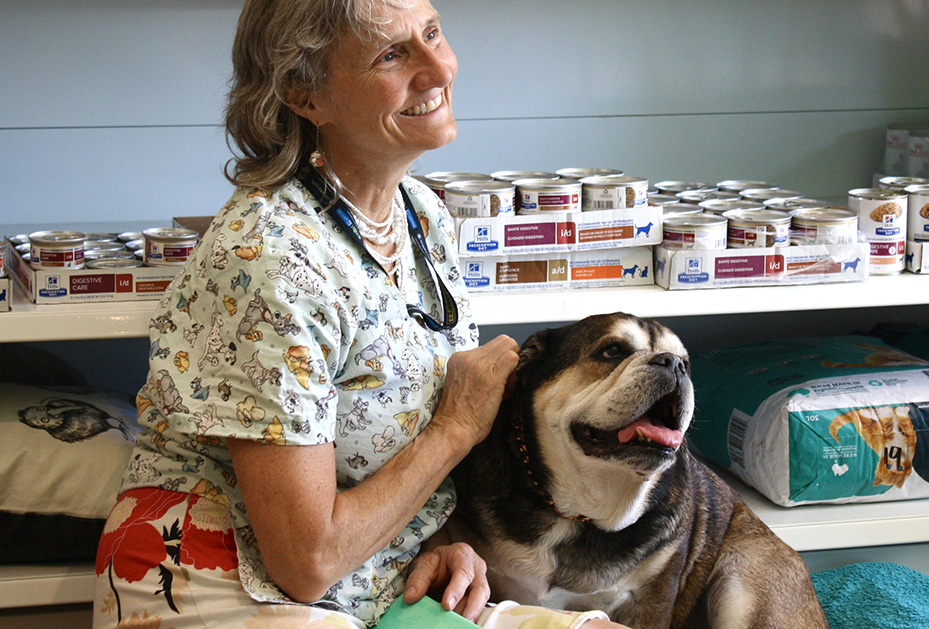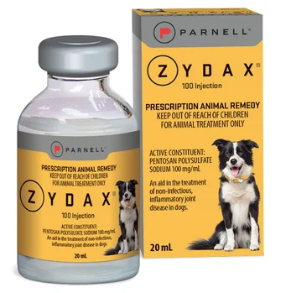
Osteoarthritis is a common condition defined by the chronic degeneration of cartilage, a type of connective tissue that is essential for providing adequate joint protection, enabling seamless movement, flexibility and support. In healthy animals without signs of osteoarthritis, the cartilage layer plays a crucial role in safeguarding the ends of bones by offering a protective cushioning layer, which effectively prevents friction and wear between the bone surfaces as they move and interact with one another. In cases of osteoarthritis, there is significant reduction in the amount of cartilage present within the joints. This loss of cartilage can lead to increased stiffness, pain, swelling, and a decreased range of motion in the affected joints, which collectively impacts mobility and comfort.
Osteoarthritis is a multifactorial condition, meaning there is rarely one specific cause, and is instead ultimately a result of several factors. In veterinary medicine, the most common factors that are associated with excessive cartilage breakdown and hence the onset of osteoarthritis in pets include;
Management of osteoarthritis in your pet requires a multimodal approach to receive optimal results.
At 3I3vets we offer comprehensive management plans tailored to your pet and their lifestyle to achieve the desired outcome. We encourage clients to consider the use of acupuncture as a treatment in conjunction to medication.
Zydax
Zydax is a disease modifying osteoarthritis drug that directly targets progression by stimulating cartilage producing cells to increase the proliferative rate of new, healthy cartilage. Additionally, Zydax is effective in reducing the rate of cartilage damage by enzymatic activity, and stimulates the joint capsule to produce joint fluid.
The effects of Zydax lead to a reduction in swelling, blocks inflammatory processes and improves blood flow to joint structures.

Is My Pet Suitable For Zydax?
Dosage and required scheduling will be dependent on your pet’s condition – however all cases will initially require;
Beransa and Solensia are both highly effective monoclonal antibody treatments that are effective in controlling pain associated with osteoarthritis in your pet, aimed at improving their mobility, wellbeing and comfort.
In pets with osteoarthritis Nerve Growth Factor (NGF) levels are elevated, which contribute to increased pain, release of inflammatory mediators, neurogenic inflammation and the activation of more NGF as a response.
Beransa and Solensia target circulation NGF, and ultimately reduce the ability of NGF to stimulate neurons, immune and other cells within your pets body, reducing the activation of processes which result in pain and inflammation.

Is my pet suitable for Beransa or Solensia?
Administration Schedule
Acupuncture
Lifestyle Changes (Weight Loss)
Exercising your pet with osteoarthritis is often a difficult task to management as you aim to balance their time outside whilst preventing further damage and onset of pain. At 3I3vets we recommend alterations to your pets dietary intake. Below is a small selection of recommended products;
Supplements
Alternative methods that are beneficial in the maintenance, and occasionally prevention of severe onset of osteoarthritis can involve supplements added to your pets daily routine. On some occasions, these supplements may contribute, or exacerbate the effect of medication and it is important to speak to us if you plan, or are currently supplementing your pets diet.

